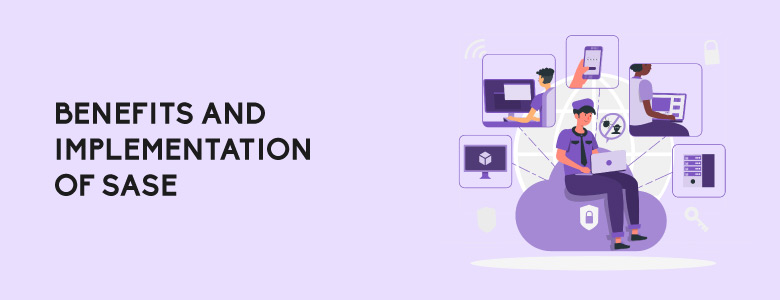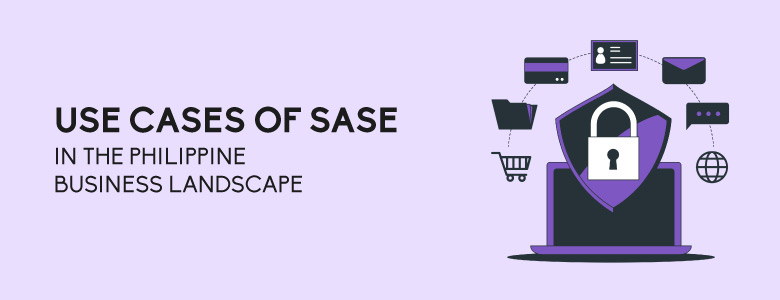As more businesses use cloud services and remote work grows, traditional network security often isn’t enough. This is where knowing the SASE meaning, comes in. SASE combines networking and security into one cloud-based service, offering a new way to protect and manage networks effectively.
SASE Meaning

SASE stands for Secure Access Service Edge. It is a network design that combines wide area networking (WAN) and advanced network security into one cloud-based service. This approach overcomes the weaknesses of traditional networking and security by bringing together various security features and offering smooth, secure connections for users no matter where they are.
Benefits and Implementation of SASE

SASE improves an organization’s security by combining multiple security functions into one seamless service. This unified approach ensures consistent policy enforcement and real-time threat detection throughout the entire network. Using a cloud-based design, SASE delivers optimal performance and low latency for users, no matter where they are, resulting in a better user experience and increased productivity.
SASE also reduces the need for various separate security and networking solutions, saving costs. Its cloud-based model eliminates the need for large investments in hardware. Additionally, SASE offers centralized management and policy enforcement, simplifying IT operations. This reduces the workload on IT teams and allows for quicker and more efficient incident response.
To implement SASE in your organization, start by assessing your current network and security setup to find gaps and areas for improvement. Then, choose a SASE provider that meets your specific needs. Finally, deploy the SASE solution and continuously monitor and optimize its performance.
Implementing SASE can come with challenges, such as integrating with existing systems and ensuring user adoption. However, these can be overcome with careful planning, thorough testing, and ongoing support and training.
Use Cases of SASE in the Philippine Business Landscape

Finance Sector
In the finance sector, SASE helps protect sensitive financial data by offering strong security features like encryption, threat detection, and access control. By combining these functions into one service, financial institutions can guard against cyber threats and meet regulatory standards. SASE also supports remote work, enabling financial advisors and staff to securely access systems from anywhere, increasing flexibility and productivity.
Healthcare Industry
For healthcare providers, SASE helps protect patient data and meet strict privacy regulations. It offers secure, reliable access to electronic health records (EHRs) and other essential applications, ensuring that medical professionals can deliver timely care. With SASE’s zero-trust model, only authorized personnel can access sensitive information, reducing the risk of data breaches.
Retail Sector
Retail businesses benefit from SASE by securing customer data and protecting against cyberattacks, which is crucial for maintaining consumer trust. SASE provides secure, seamless connectivity for point-of-sale (POS) systems, online shopping platforms, and supply chain management systems. This integration helps retailers offer a smooth shopping experience while safeguarding their digital assets.
Manufacturing
Manufacturers use SASE to secure their operational technology (OT) networks, which are crucial for production processes. By integrating security into the network, manufacturers protect against cyber threats targeting industrial control systems (ICS) and ensure continuous operation of their facilities. SASE also supports remote monitoring and management of manufacturing systems, improving operational efficiency.
Still unsure of what the SASE meaning is? Learn more from an experienced SASE Solutions provider by contacting us at marketing@ctlink.com.ph today and our team would be happy to help!

